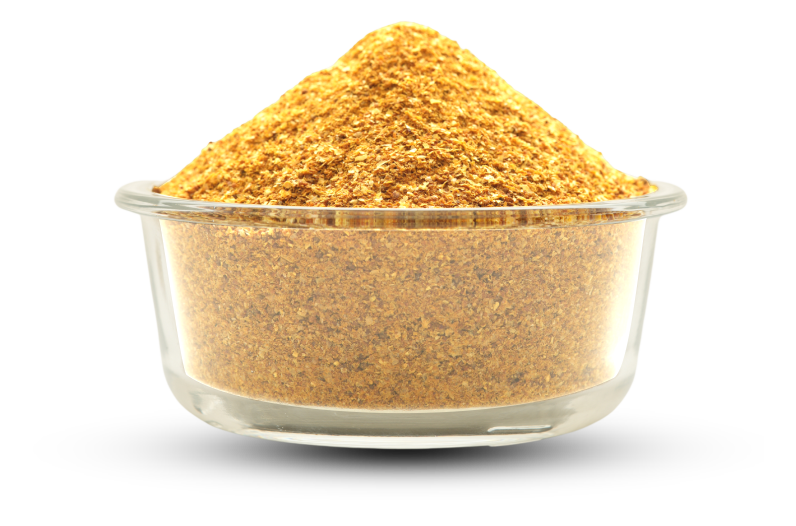Wheat Straw

Wheat Straw
Wheat Straw: Beyond the Harvest
Wheat harvest marks the end of farmers’ efforts, yielding grain and valuable straw. The leftover stalks, known as wheat straw, have diverse uses beyond animal bedding. It can serve as roughage in feed rations, a heat source, mulch, bioplastic material, or even for constructing fire-proof homes.
Burning straw post-harvest, a common practice, removes nutrients like nitrogen and potassium and increases erosion risk. Instead, swathing and baling the straw preserves its value for various applications, benefiting both farmers and the environment.

Wheat Straw as Cattle Feed
Wheat straw consists of 40% cellulose, 40% hemicellulose, and 15% lignin. While lignin makes it less digestible than alfalfa hay, the cellulose provides energy through fermentation in ruminants. In winter, plain straw is often used as a filler to keep cattle warm by stimulating digestion. Some producers improve its nutritional value through ammonization, a process using anhydrous ammonia to enhance digestibility. Treated straw can then be integrated into cost-effective feed rations, offering a balance of affordability and utility for cattle nutrition.

Product Specifications
| PARAMETERS | As fed | Range |
|---|---|---|
| Dry Matter | 90.3 | 71.8 -96.2 |
| Crude Protein | 3.5 | 1-5 |
| Cured Fiber | 37.5 | 25 -45.2 |
| Cured Fat | 1.3 | 0.3 -2.5 |
| Starch | 0.8 | 0.8% |
| Energy | 3980 kcal/kg | 4410kcal/kg |
| Appearance | Light Brown | Light Brown |
Rice DDGS Supplier In India
Uses and Benefits of Wheat Straw for Cattle
Uses:
- Roughage: A vital source of fiber for cattle diets.
- Digestive Aid: Helps maintain gut health and energy production during digestion.
- Winter Feed: Acts as a filler that keeps cattle warm as their digestive system works.
- Ammonized Feed: Improves nutritional value and digestibility through ammonization.
Benefits:
- Economical feed source compared to hay and alfalfa.
- Adds bulk to the diet, supporting gut health.
- Sustainable byproduct of wheat farming, reducing waste.
- Increases efficiency in cattle feed programs with ammonization.
Key Factors to Consider
- Processing: Straw should be chopped or ground for better mixing in feed rations.
- Digestibility: Ammonization enhances the digestibility of straw, making it more suitable for cattle.
- Nutrient Content: Though low in protein, it provides substantial fiber. Supplementation may be necessary for balanced nutrition.
- Storage: Store in a dry area to prevent mold and nutrient degradation.
FAQs For Wheat Straw
Q1: What is wheat straw primarily made of?
A: Wheat straw consists of 40% cellulose, 40% hemicellulose, and 15% lignin, making it a fibrous feed option for cattle.
Q2: Can wheat straw be fed directly to cattle?
A: Yes, it can be fed directly as roughage, but processing and mixing it with other feeds improves palatability and intake.
Q3: What is ammonization of wheat straw?
A: Ammonization is a process where straw is exposed to anhydrous ammonia to enhance its digestibility and nutritional value.
Q4: Is wheat straw suitable for all cattle?
A: It is ideal for non-lactating and maintenance cattle but may need supplementation for growing or lactating animals.
Q5: What are the storage requirements for wheat straw?
A: Store wheat straw in a dry, well-ventilated area to maintain its quality and prevent spoilage.
Wheat straw, when used strategically, is an effective, economical, and sustainable feed option for cattle.
Related Products

Rice Gluten
We are offering high-nutrition feed raw materials for poultry farms, cattle, and aqua farms..


